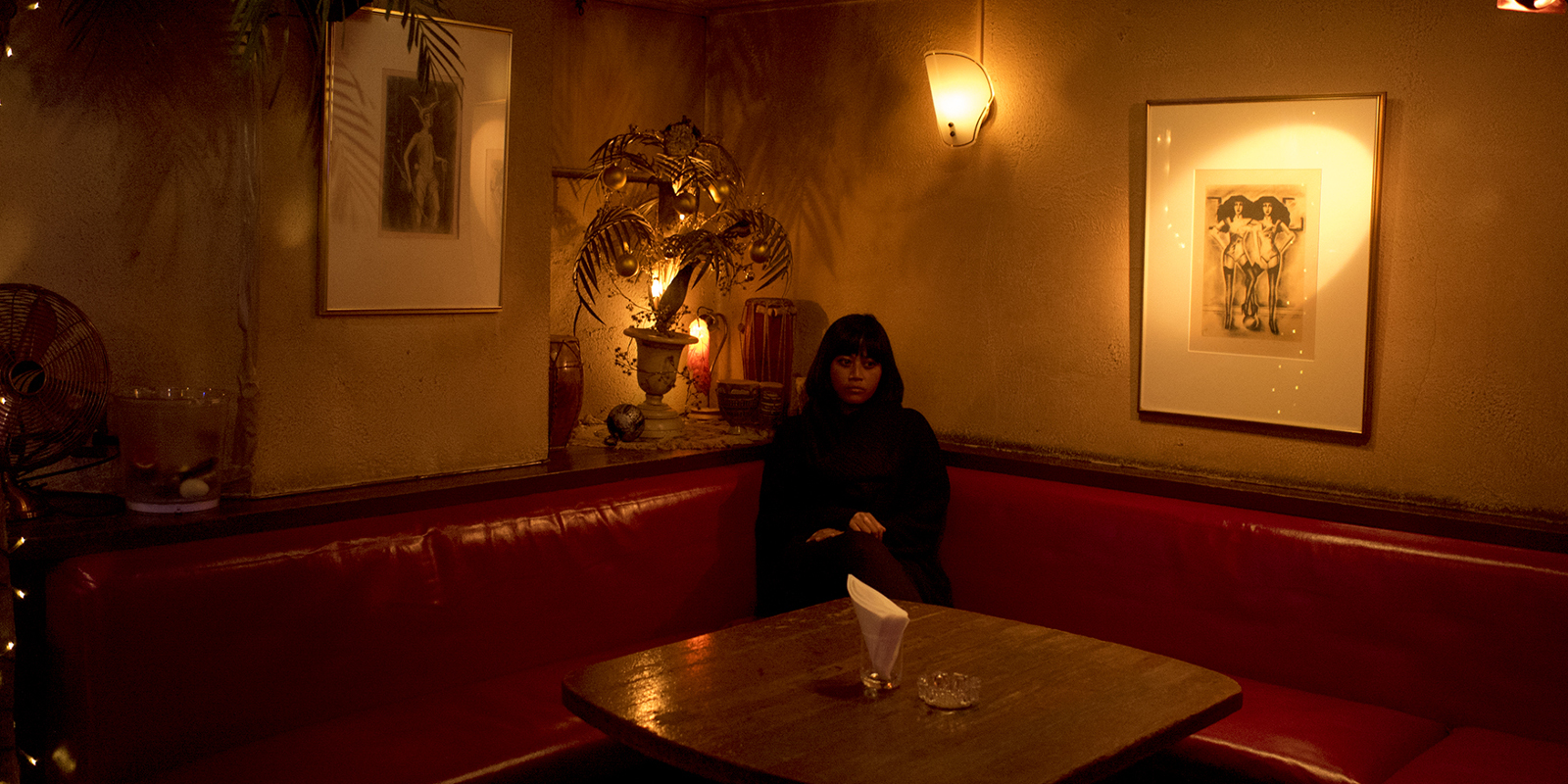The Female Gaze Through Nadirah Zakariya’s Camera Lens
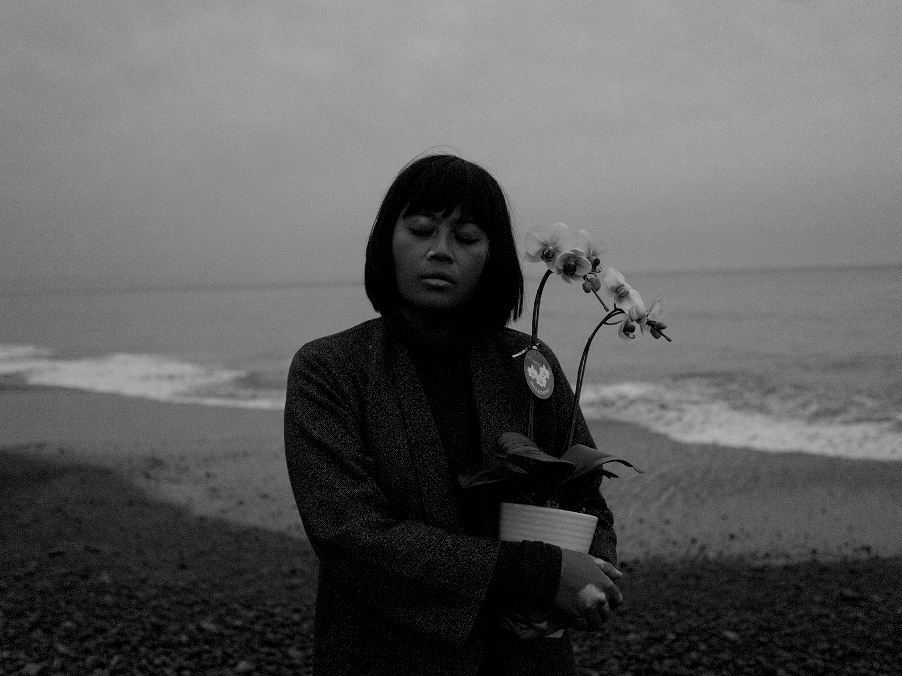 Thirsty for JUICE content? Quench your cravings on our Instagram, TikTok and WhatsApp
Thirsty for JUICE content? Quench your cravings on our Instagram, TikTok and WhatsApp
Nadirah Zakariya’s photography has appeared in numerous revered international publications such as VICE, Dazed & Confused, NYLON, and The New York Magazine. Her images are often wistful and emotive, sometimes they are steeped in saturated colours, but oftentimes her photos act as a gateway into an intimate realm of her chosen subjects. The Malaysian-born photographer – who had lived in Japan and was previously based in New York – channels her feelings of being an itinerant into something productive and artistic. Her natural instincts have also led her to developing a proclivity in capturing the experiences and narratives that pertain to girls. Through her lens, the results are divinely enthralling. JUICE spoke to Nadirah about her second solo exhibition called Girlhood — a collection of images that explore sisterhood — to learn about her intentions, the definition of sisterhood, and the importance of producing and appreciating art from the female gaze.
Having moved around a number of times in your life, do you feel a sense of displacement? And has it affected how you approach photography?
That sense of being neither here nor there has been a recurring theme around my works, especially in my series Liminars. Being uncomfortable in one place helps me see my surroundings clearer, and helps me be more aware of my thoughts and feelings. To me, sometimes being too comfortable can be somewhat dangerous when it comes to my art making.
Why did you want to continue to explore a similar theme to your first solo exhibition Daughters Ago with Girlhood?
This theme of exploring the magic shared between sisters is something that I can explore forever and has been ongoing since ‘08 with Daughters Ago and now Girlhood. Each group of sisters has their own stories and energies to share – that’s what keeps me intrigued. I decided to continue this theme for this specific exhibition because for Daughters Ago, all my photographs were shot in New York, so I wanted to extend the project to Kuala Lumpur. The photographs for Girlhood were all shot between April ‘16 and May ’16, and shot specifically for this exhibition. The main difference between Daughters Ago and Girlhood is that not all sisters are blood related in Daughters Ago.
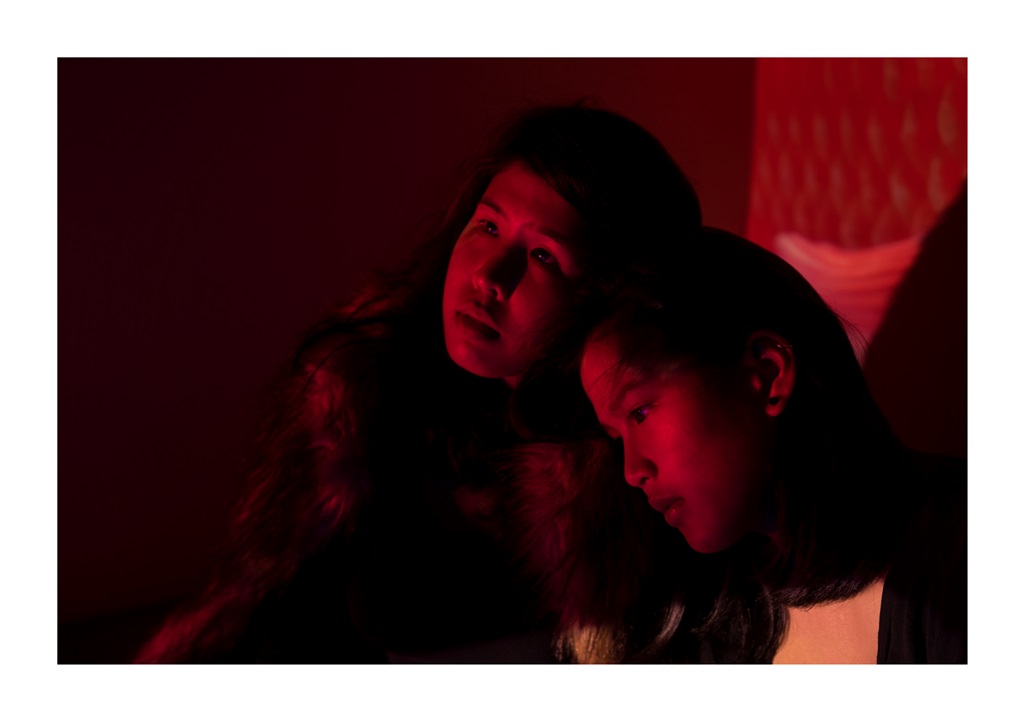
The beauty of being away from home
is that you create your own families with the
people you meet and feel most connected to.
Aside from the inspiration of the exhibition — your sisters — you’ve also spoken about another variation of ‘sisterhood’, which is the close friendships you have with your female friends. How do your friendships with these women inspire you and ultimately your photography?
Same as my sisters, my close female friends have also helped shape who I am today. I am lucky to have many friends who I can consider family and they never fail to inspire me. The beauty of being away from home is that you create your own families with the people you meet and feel most connected to. Daughters Ago and Girlhood are an ode to all the amazing women I have met thus far.
How important would you say are the relationships you have with the women in your life?
Extremely important! I wish I can express how strong these bonds in words and why they are so important, but perhaps that is why I express them through my photography. I just feel so humbled and fortunate to have met some amazing women, whom I respect and adore, sprinkled all over the world. Each one of them keeps me inspired.
The exhibited images for Girlhood include girls of different ages. Was it to showcase the evolution of sisters and their growing relationships?
To be honest, that was not what I initially planned, but after photographing a number of sisters and paused, it does seem that way. Sometimes, I just photograph without having everything properly planned because I trust that the truth behind them will appear and they will all make sense. I have to make sure I give space for that to happen.
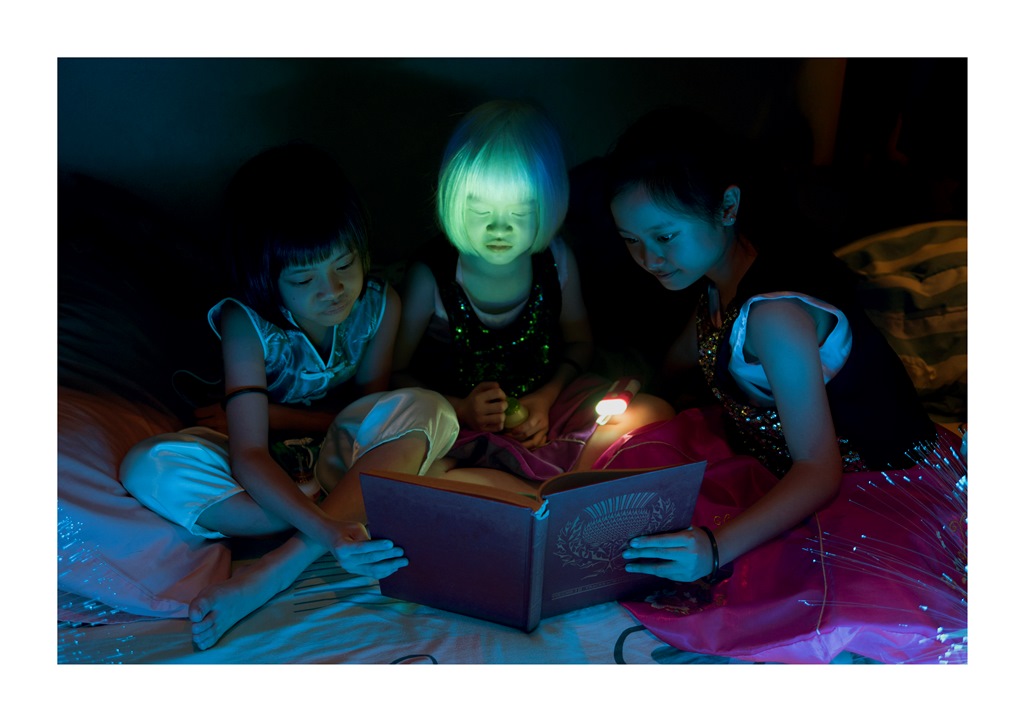
I tend to photograph more women
because most of my projects
are in some way self-portraits.
Girlhood has a lot of images about childhood and nostalgia. It also explores the sweet, dreamy minutiae of being together as sisters. Did the images you capture mirrored the moments you had with your own sisters?
I don’t think there was any specific image that depicted a time in my childhood because it was more about capturing the mood. Of course, there are hundreds of outtakes from this series and I chose the ones I could relate to the most.
Was there a requirement for you to cast the sisters for Girlhood?
For Girlhood, the only requirement was that they had to be blood related and our schedules had to match. I only spent two months on this project, so to line up everyone’s schedule with mine was tough. However, if there are any sisters who would like to work with me, please do not hesitate to contact me!
A majority of your work feature matters that relate to girls and women aside from sisterhood. You were the DP on a film called When You Leave The Earth that was about girls dealing with the loss of important female figures in their lives. Why do you like to work on stories that are centred on women? Is it just a coincidence or are you simply gravitated towards the bonds that are borne from these relationships?
When Jessica Collins, director of When You Leave The Earth, shared her film idea with me, I was immediately on board even though at that time I did not have any video works under my belt. I trusted her vision and knew if I wanted to explore being a DP for the first time, this would be the perfect project, especially since the whole cast and crew were all females that I respect. I tend to photograph more women because most of my projects are in some way self-portraits. Each project I do is in a way a form of self-exploration, and with women I can easily connect with.
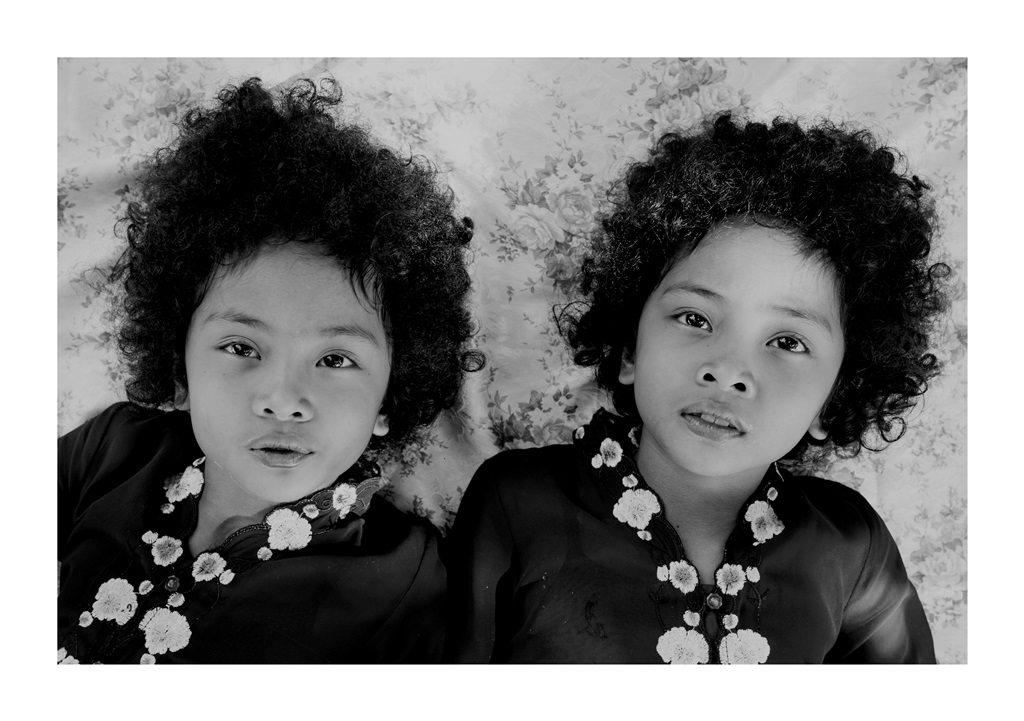
I hope more female artists continue
to create and share the female narrative
through the female gaze to the world.
Would you say that the photography and art worlds have a gender disparity when it comes to representing and showcasing works by female artists who present narratives that are unique to women?
Generally speaking, yes, but times are changing and they are changing fast. In fact, most of the artists I look up to and have inspired me are mostly women, from painters to photographers. When I create work, I don’t really think about this and just create because I feel the need to. I hope more female artists continue to create and share the female narrative through the female gaze to the world.
Can you talk a bit about Studio Canpakes? Why did you set up your studio? Do you have any specific objectives you’d like to achieve with the studio?
Studio Canpakes is myself and Malaysian film writer-director Junad M. Nor, together we work on commercial photography and film projects as well as organise workshops. Our aim is to merge our strength in our fields and work on projects that can inspire positivity and creativity.
We understand you are currently based here in KL. What are you currently working on?
Right now, I have multiple projects going on, including a series on a skin disorder that I have called Vitiligo. I have a few creative photography workshops lined up so keep your eyes peeled!
Girlhood by Nadirah Zakariya is currently exhibiting at the Leica Store, Avenue K throughout the month of June. The official printer of Girlhood is Framed Moments.
For more of her work, visit www.nadirahzakariya.com.


 Get Audio+
Get Audio+ Hot FM
Hot FM Kool 101
Kool 101 Eight FM
Eight FM Fly FM
Fly FM Molek FM
Molek FM